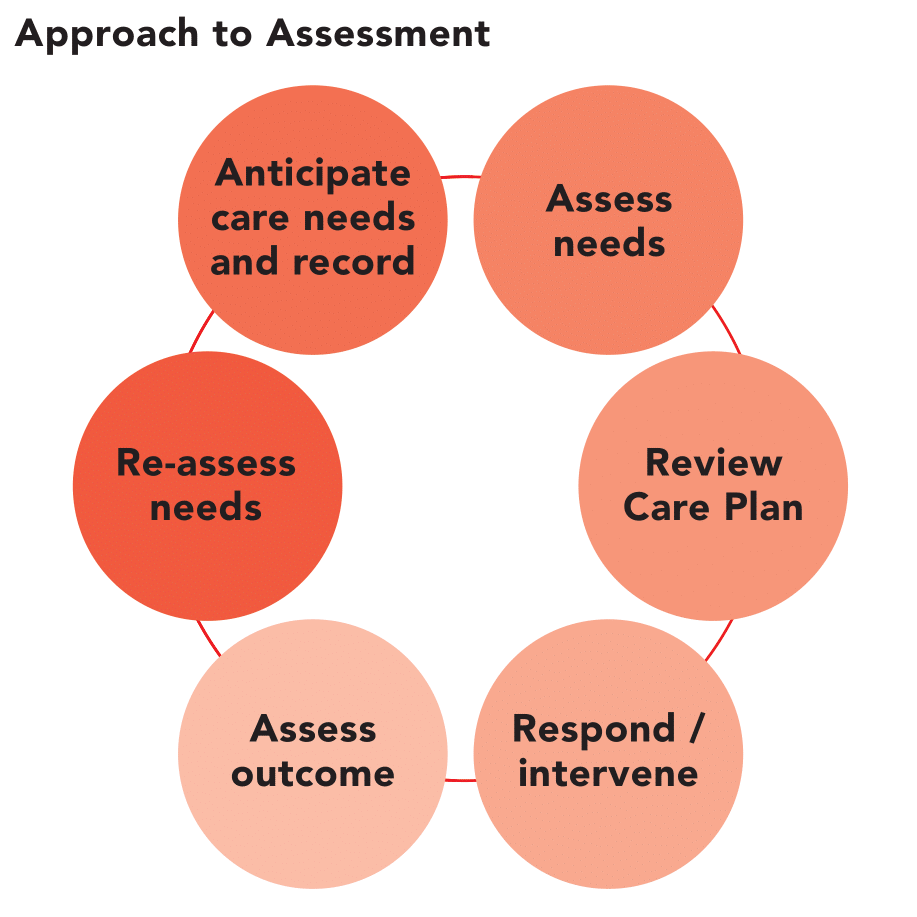
Your doctor will likely order additional tests if you suspect that you may be suffering from gallstones. There are several options available, including abdominal ultrasound, magnetic resonance imaging and ERCP. These tests are very effective in diagnosing gallstones. They may not detect small stones and persistent infections. However, these tests are an important first step in determining whether you have gallstones.
Ultrasound abdominally
One of the most effective ways to treat gallstones is with abdominal ultrasound. This procedure involves sending sound waves through the body to detect gallstones and other bile ducts and tubes. It is noninvasive and has no side effects. It's done as an outpatient procedure, and patients should fast for eight hours before the test.

MRI
Gallstone-related diseases are a growing concern in Western Europe. Gallstones, which are composed of cholesterol and/or bilirubin, form within the pancreaticobiliary. Each person's gallstones are different in terms of their size, location and number. It is important to image gallstones in order to diagnose and treat them properly. Cholecystitis is also known as gallstones. This refers to a condition in which the stone has become lodged in the biliary tract.
ERCP
ERCP tests are used for diagnosing choledocholithiasis (or gallstones). Gallstones are solid bile crystals that have formed. The liver makes bile, which is then secreted into the intestines by the bile-ducts. The bile and bile channels are important for digestion. A blockage can lead to pain or inflammation.
Cholecystingraphy
There are a variety of cholecystingraphy techniques that can be used for those with gallstones. An abdominal ultrasound is the most popular. This involves moving a transducer across the upper abdomen to send signals to a computer. To identify smaller stones, an endoscopic ultrasound is another option. In both cases, a thin, flexible tube is used to insert a small ultrasound device into the duct, creating an image of the surrounding tissue.
X-ray
Ultrasounds and CT scans are the most popular imaging tests for diagnosing gallstones. An ultrasound uses sound waves from your organs to create an image. Gallstones can be seen as visible parts of the image. CT scans create three-dimensional images of your internal organs using xrays, computer technology and computer technology. CT scans can show the exact location of gallstones, but they are also prone to missed stones.

CT scans
The best way to diagnose gallstones is with imaging tests. They can confirm suspicions of gallstones or rule them out. Gallstones often mimic other conditions such as chronic pancreatitis, kidney infection, and irritable bowel syndrome. Inflammation in the liver and pancreas may also be detected by blood tests. The CT scan can also be used to detect gallstones and complications. Here are some of the most common benefits and potential risks associated with CT scans for gallstones.
FAQ
What will be the impact on the health care industry if there will be no Medicare?
Medicare is an entitlement program which provides financial assistance for low-income people and families who are unable to afford their premiums. This program benefits more than 40,000,000 Americans.
Millions of Americans would be without coverage if this program was not in place. Private insurers will stop offering policies for people with pre-existing conditions.
What does the term "health care" mean?
It is the provision of services for maintaining good physical and psychological health.
What does "public health" actually mean?
Public Health is about protecting and improving the health in the community. It is concerned with preventing diseases, injuries, and disabilities, as well as promoting healthy lifestyles; ensuring adequate nutrition; controlling communicable diseases, hazards to the environment, and behavioral risk.
Statistics
- For instance, Chinese hospital charges tend toward 50% for drugs, another major percentage for equipment, and a small percentage for healthcare professional fees. (en.wikipedia.org)
- Price Increases, Aging Push Sector To 20 Percent Of Economy". (en.wikipedia.org)
- Over the first twenty-five years of this transformation, government contributions to healthcare expenditures have dropped from 36% to 15%, with the burden of managing this decrease falling largely on patients. (en.wikipedia.org)
- The health share of the Gross domestic product (GDP) is expected to continue its upward trend, reaching 19.9 percent of GDP by 2025. (en.wikipedia.org)
- Healthcare Occupations PRINTER-FRIENDLY Employment in healthcare occupations is projected to grow 16 percent from 2020 to 2030, much faster than the average for all occupations, adding about 2.6 million new jobs. (bls.gov)
External Links
How To
What is the Healthcare Industry Value Chain
The entire healthcare industry value-chain includes all activities related to providing healthcare services to patients. This includes the business processes within hospitals and clinics and the supply chains that connect them to other providers such as physicians, nurses, pharmacists, insurance companies, manufacturers, wholesalers, and distributors. The end result is a continuum, which begins with diagnosis and ends at discharge.
The value chain is composed of four main components:
-
Business Processes – These are the tasks that individuals perform throughout the delivery of health care. A doctor might conduct an exam, prescribe medication and send a prescription to a pharmacy. Each step along the way must be completed efficiently and accurately.
-
Supply Chains: All the organizations involved in making certain that the right supplies reach all the people at the appropriate time. A typical hospital has many suppliers. They include pharmacies as well lab testing facilities, imaging center, and even janitorial employees.
-
Networked organizations - These entities must communicate with each other in order to coordinate. Hospitals often have several departments. Each one has its own phone number and office. Each department will have its own central point, where employees can get updates and ensure everyone is informed.
-
Information Technology Systems - IT is critical in ensuring that business processes run smoothly. It is essential to ensure that business processes run smoothly. Without IT, everything would be a mess. IT is also a platform that allows for the integration of new technologies into the system. If doctors want to integrate electronic medical records in their workflow, they can use secure network connections.